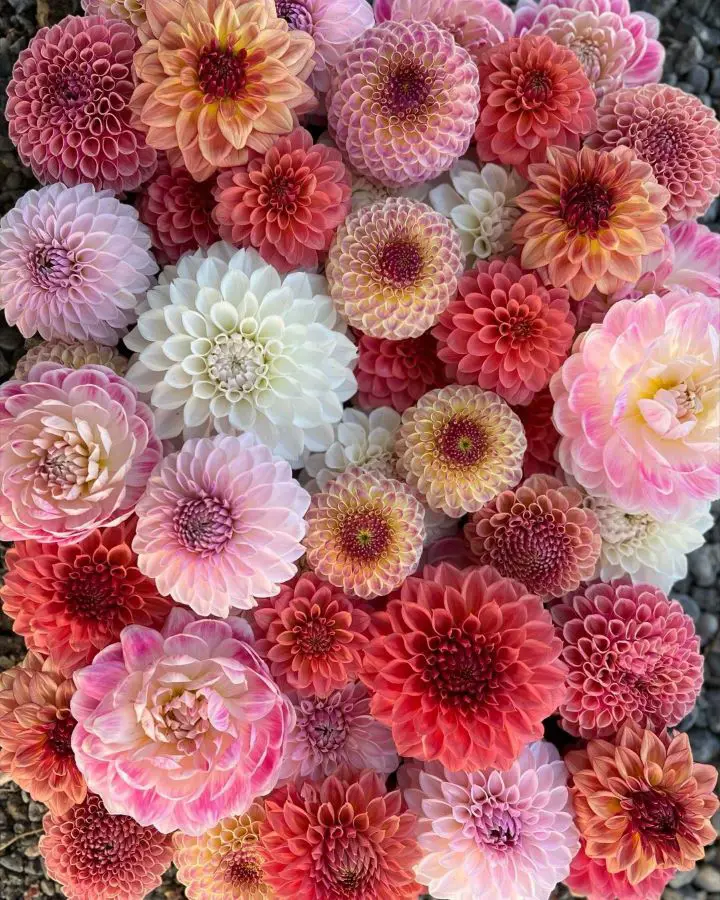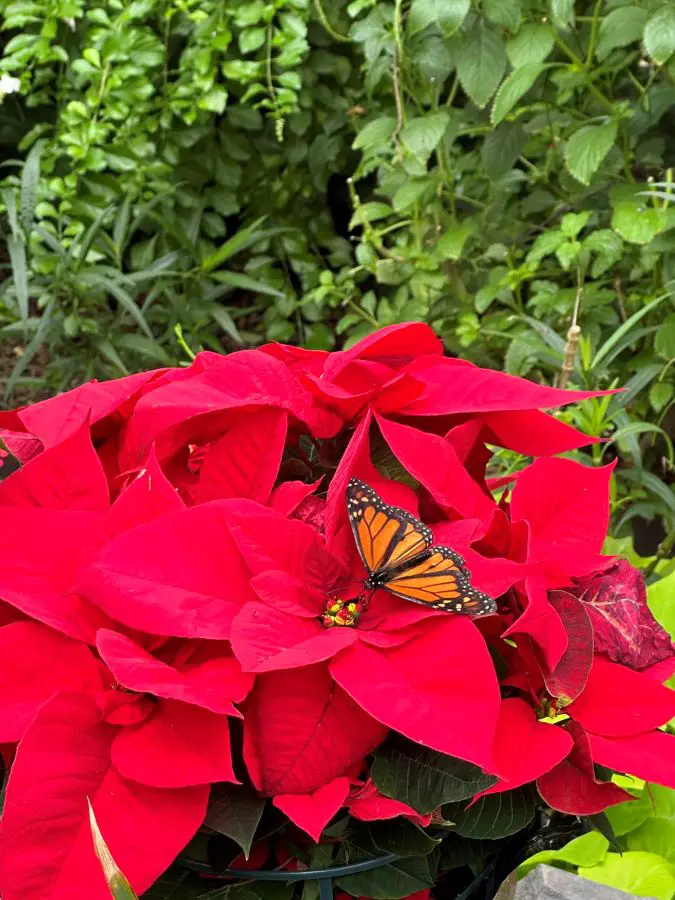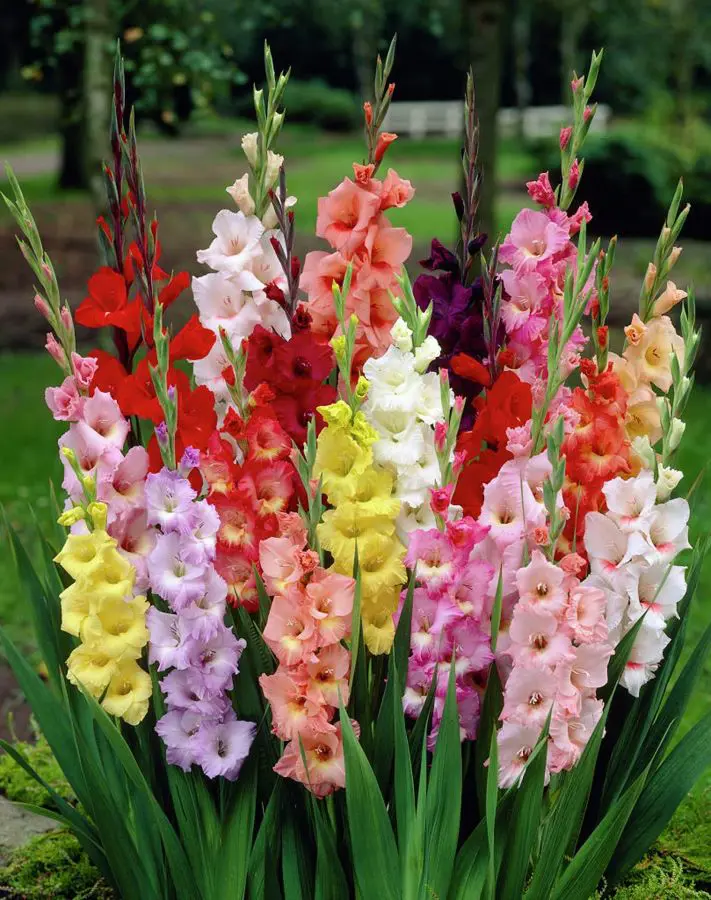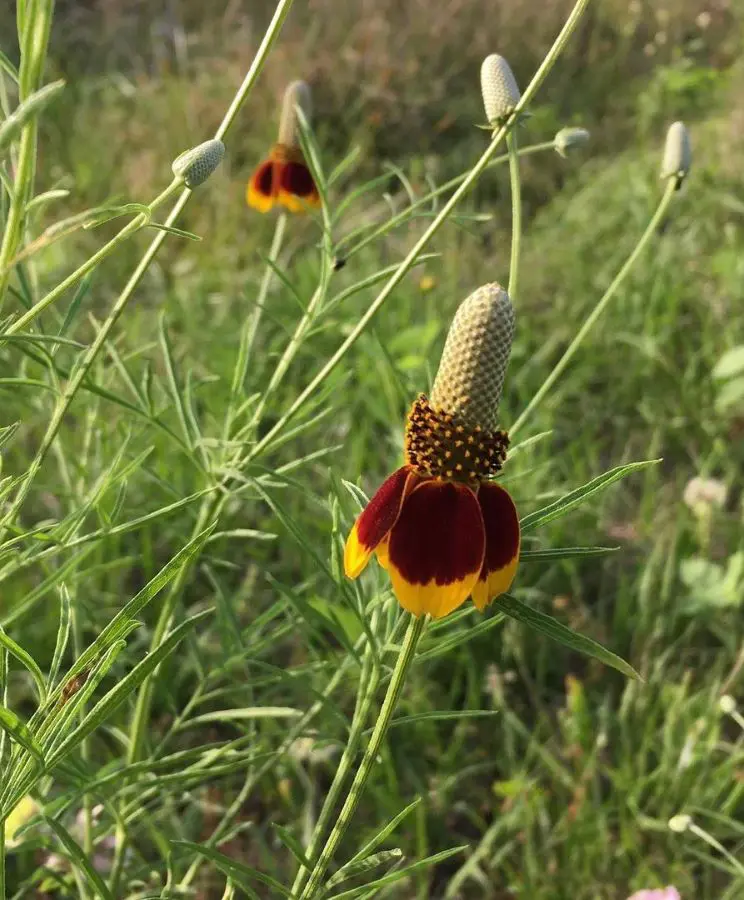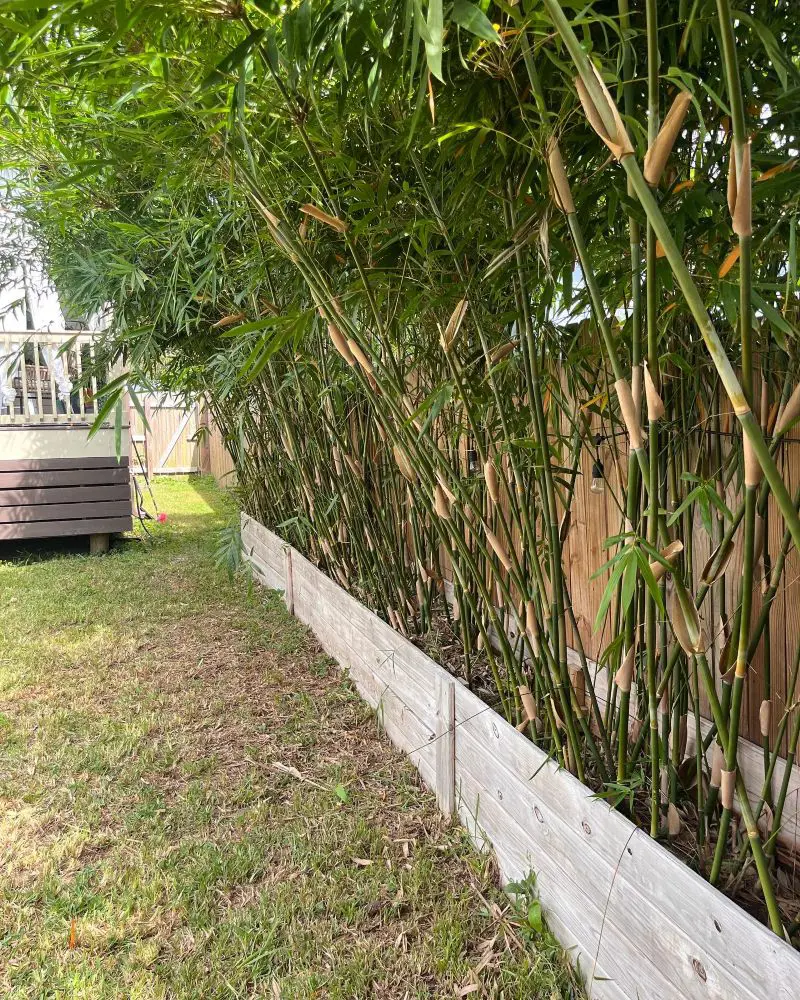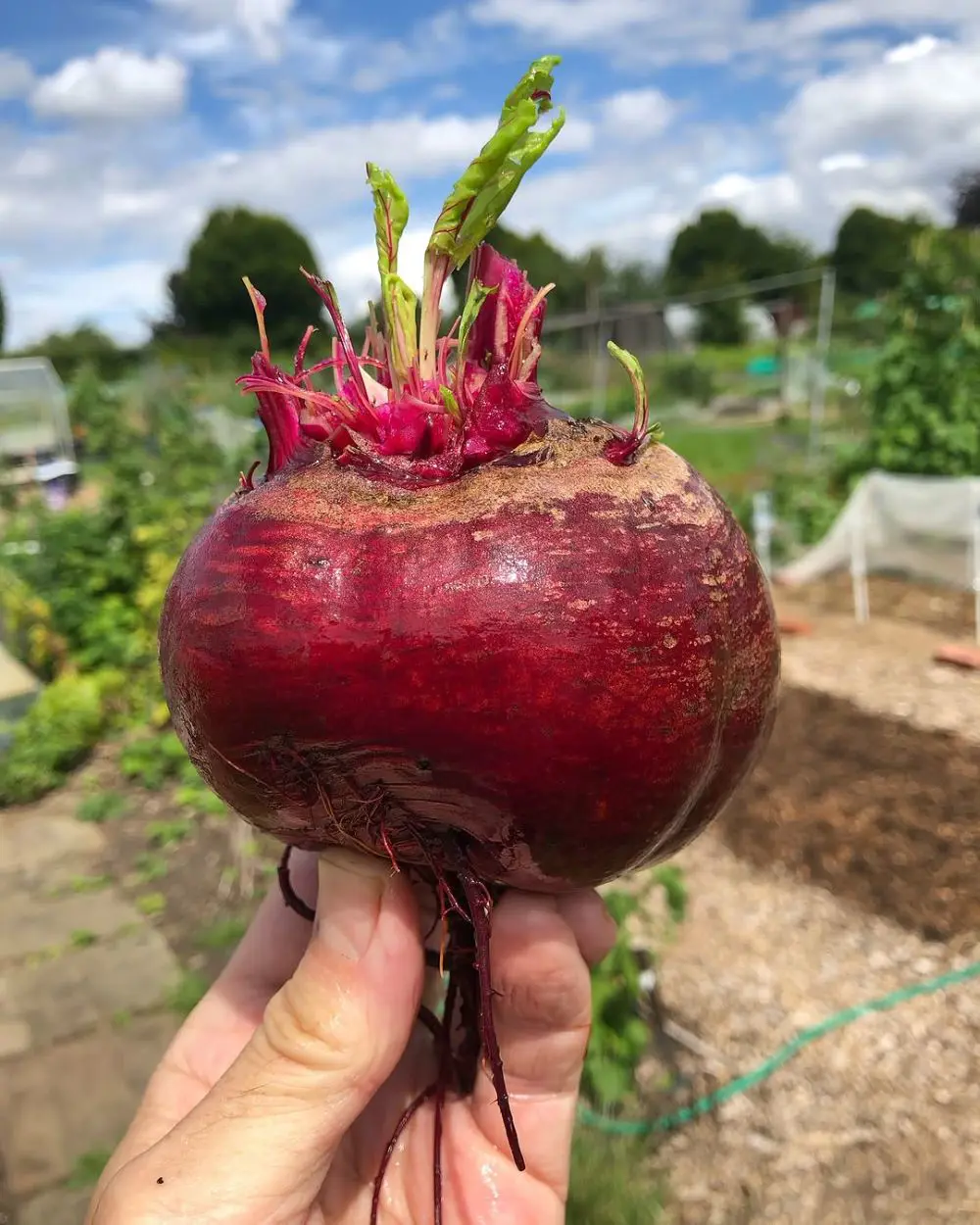1. Dahlia (Dahlia Pinnata)
Native to Mexico and Guatemala, this perennial herbaceous plant is widely cultivated for its beautiful and showy flowers, which come in a variety of colors, for instance, white, pink, yellow, orange, red, and purple.
The plant itself can grow up to 6 feet tall, with green leaves divided into three or five leaflets, and prefers full sun and well-draining soil. Dahlias are sensitive to frost and require protection in colder climates, but they bloom from mid-summer to fall.
With a rich history dating back to the 16th century, when the Aztecs used the flower for medicinal purposes, the Dahlia has become an integral part of Mexican culture and is now recognized as the national flower of Mexico.
